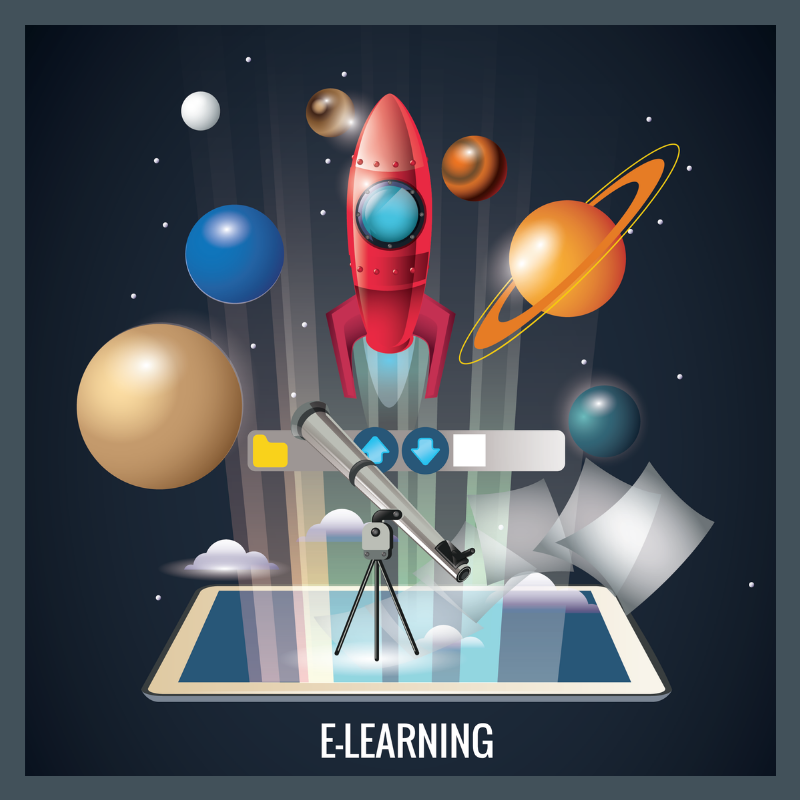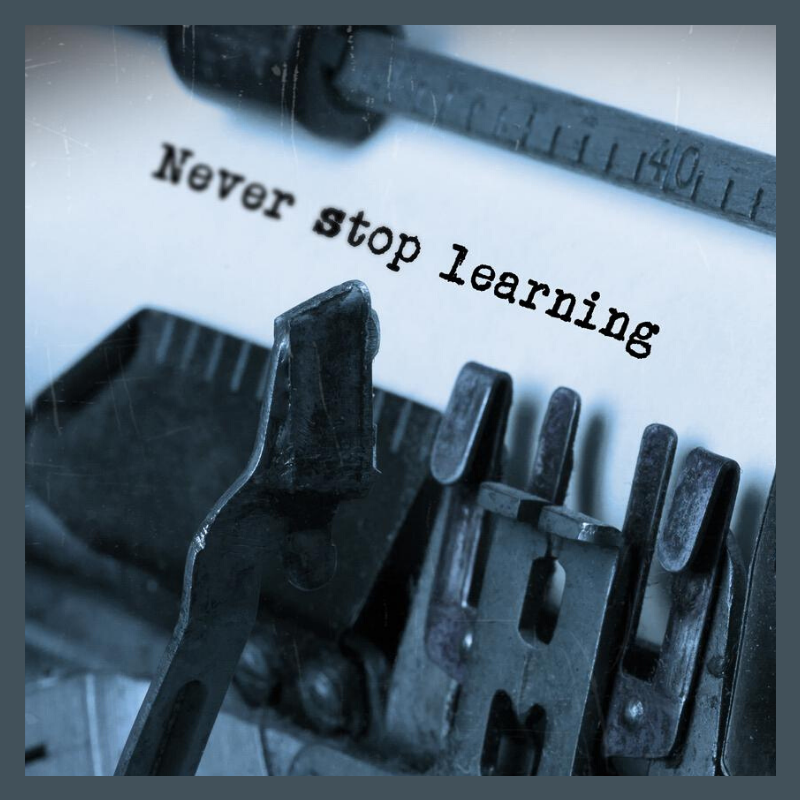Our thoughts on the future of digital innovation and the cloud.

Navigating the cloud can be tricky. The digital industry loves abbreviations and acronyms and other jargon. Fear not, though, because we are here to help you navigate. Cloud learning is an ongoing thing, so be sure to catch up on our series so far with our introductory primer and its follow up.
The technical nuts and bolts
Lift and Shift is the process of taking data and applications from one repository and moving them to another, usually in the cloud. This is a quick solution which does not require re-architecting, but it can be short-sighted. The cloud offers unprecedented power and potential, and failing to re-architect may result in opportunity costs and lost cost-optimization alike.
Operating System (OS) The OS supports basic computer functions across hardware and software resources. Programs such as Microsoft Windows, macOS and Linux manage the computer’s memory and processes, allowing you to communicate with the computer without having to know its language. Cell phones, video game consoles, web servers and generally any device containing a computer will have an OS.
Legacy is not so different in computing terms than from its general counterpart. It simply refers to an old technology, system or application. Outdated but still in use, the “legacy” moniker often implies that it broke ground for systems that would follow. However, the business impact of legacy systems can be detrimental in lost productivity and in opportunity cost. Conversion to a new system can be complex, though, and adequate time should be allowed for planning and migration.

Intelligent data and operations
Structured Query Language (SQL) is a standardized programming language for managing relational databases and performing operations on the data within them. Though it is the most widely used database language, its code may require adjustments between systems.
Virtual Machine (VM) Just as it sounds, VMs emulate physical machines in their structure and functionality. There are two kinds:
- System VMs substitute for a real machine, allowing a full OS to operate.
- Process VMs execute programs in a platform-independent environment.
Machine Learning – A branch of artificial intelligence, machine learning applies data analysis to systems. These systems learn from the data and patterns they observe, then make decisions with minimal human interference. It is closely related to (the rather less futuristic sounding) computational statistics, where computers make predictions. Applied to business problems, machine learning is also referred to as predictive analysis.
Ahh, the aaS. That is, the “as a Service.”
The ‘aaS’ list is long, as this small compilation shows. Here are a common few:
IaaS – Infrastructure as a Service includes services like Microsoft Azure, GCP or AWS, which allow users to host VMs in the cloud. Users don’t have to worry about hardware or infrastructure maintenance, and can run various OSs.
SaaS – Software as a Service in practice has been around some time. Often cloud-based, it includes email, accounting, CRM, and other on-demand services. Traditionally, customers would purchase software out-of-the-box and run it on their own machines. With SaaS, you skip the ownership part and access the service as you need it.
PaaS – Platform as a Service provides a platform on which software can be created. Applications can be written much more quickly than building them from scratch, but they are in turn trickier to scale. With PaaS, organizations can write their own software without worrying about the back-end infrastructure.

DRaaS – Disaster Recovery as a Service replicates and hosts physical or virtual servers as a fail safe in case of a catastrophic event. A function of business continuity planning, DRaaS provides timely operational recovery in case of an outage.
A related concept is the Recovery Point Objective (RPO), which is the age of the files that must be recovered for regular business operations to resume. Whether measured in minutes or hours, DRaaS requires off-site mirrored backups to be maintained. The old process of backing up data at the end of the day is insufficient.
XaaS – Anything as a Service. Virtually anything can be a service through the Internet, and many defy traditional categorization. Storage, function, desktop, security, database…the list goes on. Even malware on the dark web is viewed as a service to prospective cyber criminals.
And finally…
And finally, one cloud learning linguistic point that we here at Invero are sticklers about: On-premises. Industry often abbreviates to “on prem,” and either of these refer to the server at your premises. However, many mistakenly say, “on premise.” But that would make it a conclusion inferred or following from a previous statement of proposition, rather than part of a building.
In fact, you could say that our premise is to get you off premises and realizing your full cloud potential.

